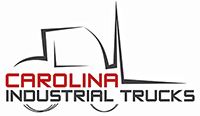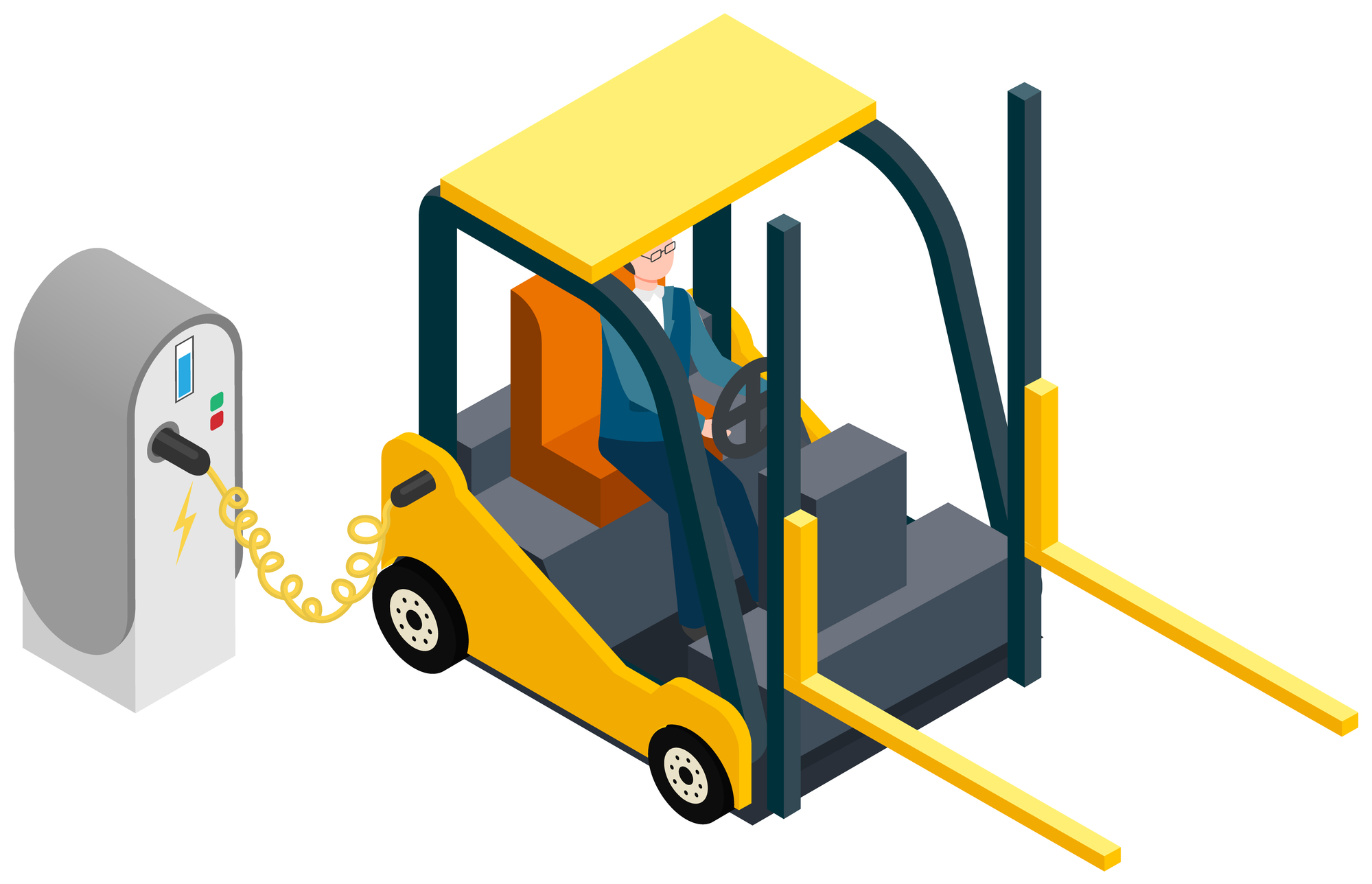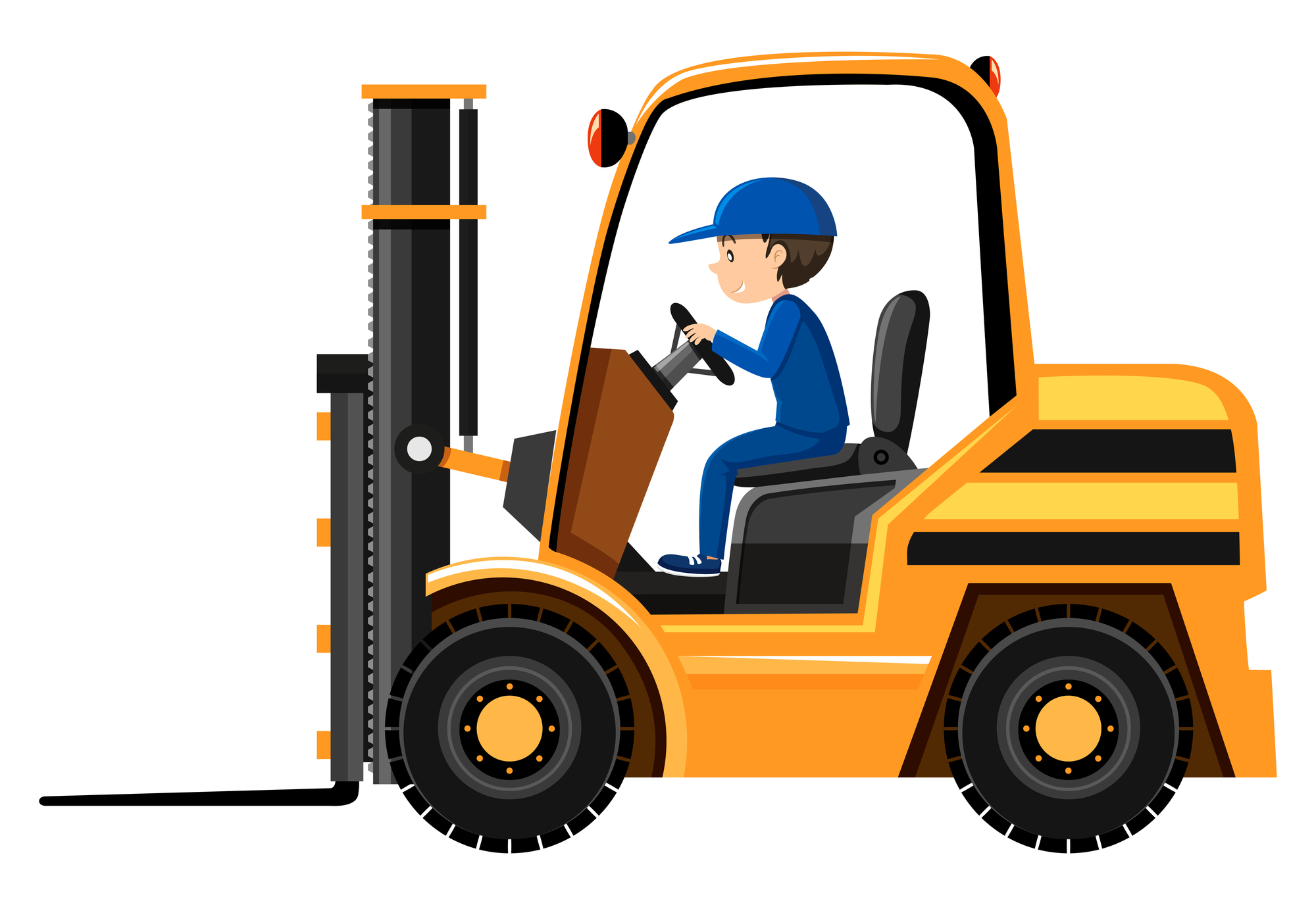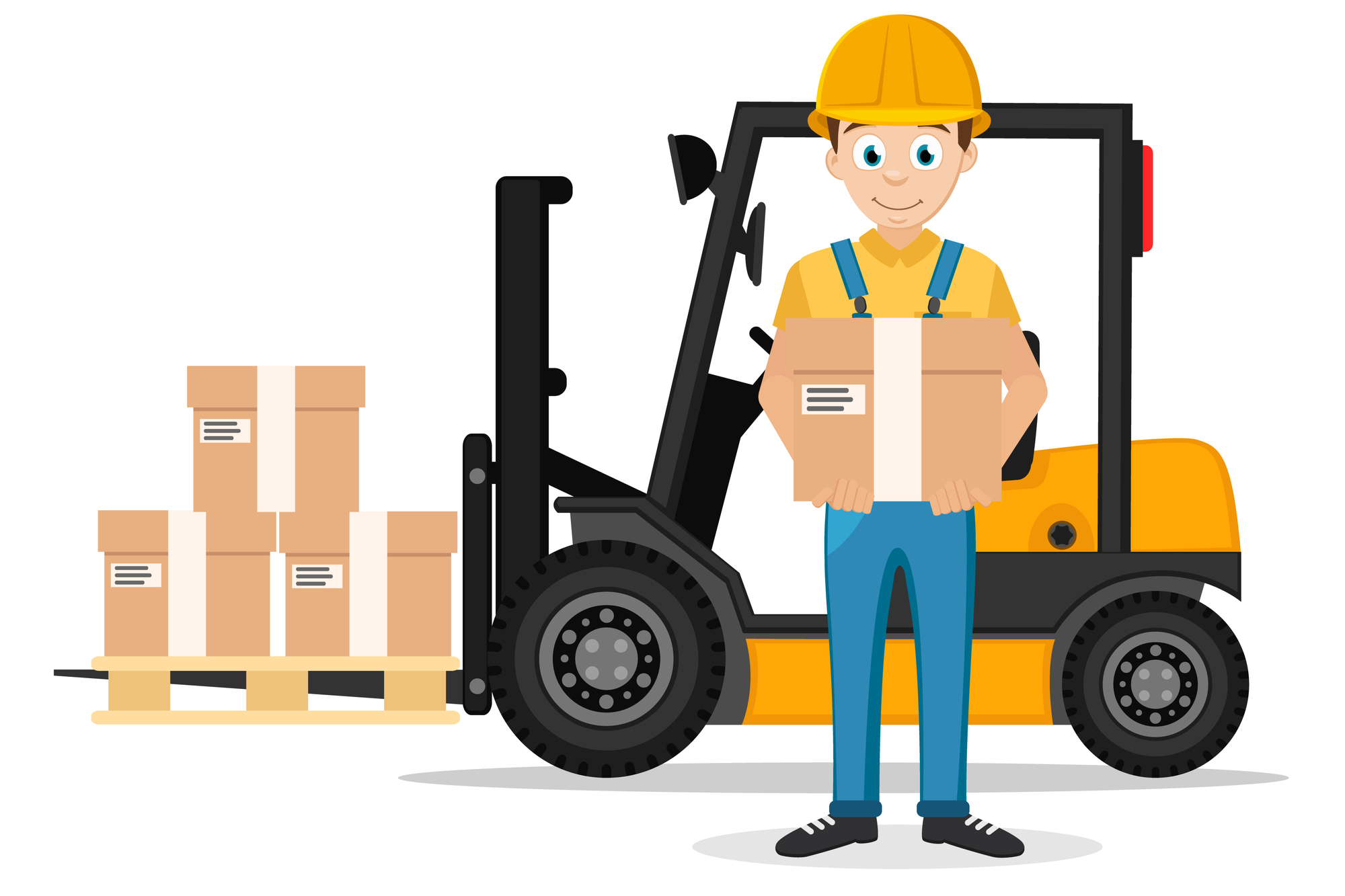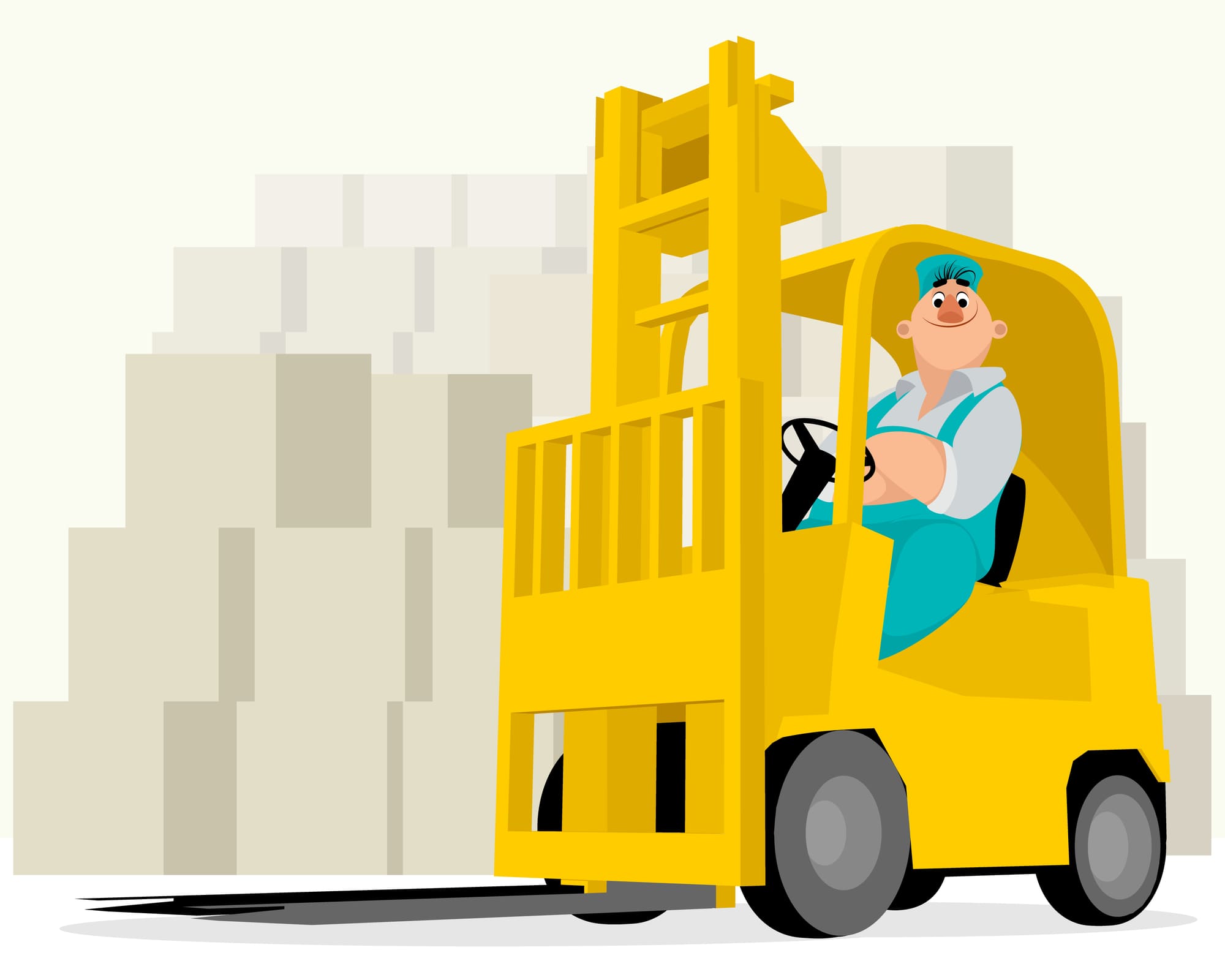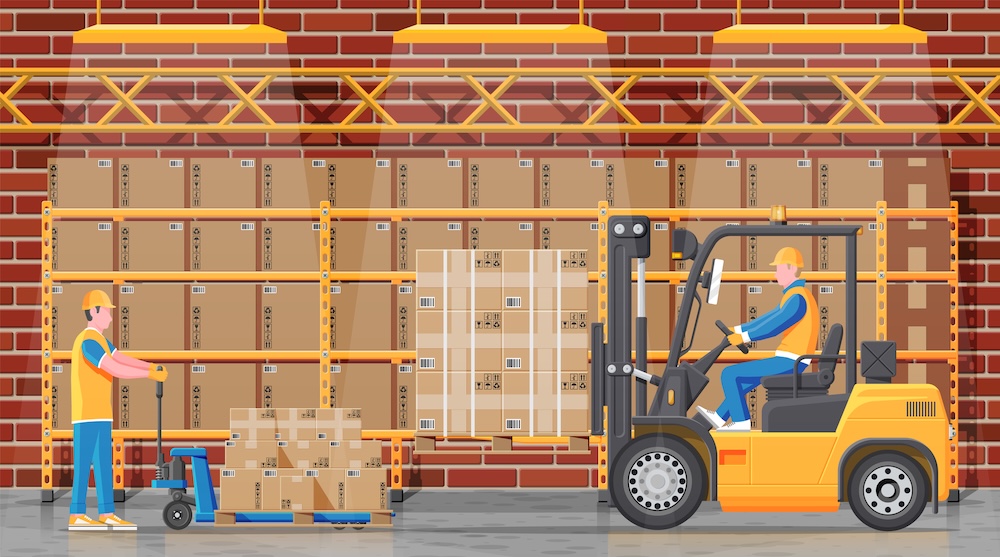How Can I Tell if My Lancaster Company Needs a New Forklift?
07/11/2025
CITrucks
Forklifts play a vital role in keeping operations running smoothly, but even the toughest equipment has a limit. Over time, wear and tear can take a toll, leading to more frequent repairs, slower performance, or safety concerns that impact your bottom line.
Whether you run a warehouse, construction site, or distribution center, recognizing when it’s time for a replacement can help avoid costly disruptions. Investing in a new forklift in Lancaster can offer better efficiency, updated safety features, and a stronger match for your current workload.
If your equipment is starting to slow things down or fall short of today’s demands, it may be time to take a closer look.

Is Your Forklift Requiring Constant Repairs?
If your forklift requiring constant repairs, it may be a clear indication that the machine is approaching the end of its service life. Frequent issues like hydraulic leaks, overheating engines, worn-out forks, and failing transmissions aren’t just signs of wear, they’re red flags pointing to declining reliability and rising costs.
Each time a forklift breaks down, it puts a strain on productivity. Downtime can delay operations, lead to missed deadlines, and force teams to work around equipment that no longer performs consistently. Over time, the cost of repeated service calls, replacement parts, and temporary fixes adds up. What might seem like small repair expenses can quickly snowball into a much higher total cost of ownership.
In some cases, the cost to maintain an aging forklift over a year can approach or even exceed the value of investing in new forklifts. Modern models offer better fuel efficiency, improved operator comfort, and greater reliability, making them a smarter long-term solution.
If your team is constantly dealing with mechanical issues, it’s worth evaluating whether continued repairs are truly saving money, or simply delaying the inevitable. Making the switch before a breakdown halts your operation could save time, resources, and stress in the long run.
Is Your Equipment Slowing Down Your Operations?
Older forklifts can quietly drag down the pace of your entire operation. As demands increase, machines that once handled the workload may now struggle to keep up with the speed, precision, and lifting capacity required. Tasks take longer, productivity drops, and inefficiencies begin to stack up.
Signs like slower loading and unloading, poor maneuverability, and reduced battery life in electric models are more than just performance issues, they’re daily disruptions. A forklift that can’t move through tight spaces easily or requires frequent charging becomes a consistent obstacle, creating delays and bottlenecks that ripple through your logistics chain.
These delays don’t just cost time; they impact your ability to meet deadlines, maintain inventory flow, and keep workers productive. As workflow expectations evolve, sticking with outdated equipment can make staying competitive much harder.
A modern forklift offers a smarter alternative. With improved lift speeds, responsive handling, and longer-lasting power sources, newer models are built to meet today’s warehouse demands. They allow operators to work more smoothly and efficiently, keeping materials moving and operations on track.
If your fleet is falling behind, the right equipment upgrade could be the key to regaining control over your schedule and boosting overall performance, without the constant drag of aging machines slowing you down.
Are You Outgrowing Your Current Forklift’s Capabilities?
As businesses grow, so do their operational needs, and forklifts that once did the job may no longer match the demands of a changing warehouse environment. Heavier loads, taller racking systems, and tighter storage layouts often call for more specialized equipment than what was originally purchased.
It’s not uncommon for companies to scale or diversify, only to find that their existing forklifts struggle with new requirements. A model that once moved small pallets might now be expected to lift heavier product or operate in narrow aisles, leading to slower performance and higher risk of damage or injury. These growing pains can reveal a need for higher lift heights, increased load capacity, or improved maneuverability.
One of the most common mistakes to avoid is assuming your current fleet can adapt to every new challenge. Overworking an undersized forklift or ignoring clearance and turning radius limitations can result in safety issues and costly downtime.
By reviewing key specs, such as lift height, weight capacity, and turning radius, you can evaluate whether your current equipment is still the right fit. When operations evolve, the right forklift can make all the difference in staying efficient and safe. An upgrade tailored to your current demands might be the next step toward smoother logistics and better performance.
Is Your Forklift Missing Modern Safety Features?
Forklift safety has advanced significantly in recent years, and older equipment may lack many of the features now considered standard. Today’s models often include technology like stability control systems, rearview cameras, automatic speed reduction, and ergonomic controls, all designed to protect operators and reduce workplace accidents.
Without these features, outdated forklifts pose a higher risk. They may lack the responsiveness needed to prevent tipping, offer limited visibility in tight areas, or contribute to operator fatigue due to poor design. These gaps can lead to incidents that affect not only employee safety but also operational costs and productivity.
Outdated machines may also fall short of current OSHA safety guidelines. This can lead to violations during inspections or audits, and worse, serious injuries that result in legal exposure and insurance claims. Neglecting to update equipment as safety standards evolve can expose your company to avoidable liability.
Investing in a new forklift with modern safety technology is more than an upgrade, it’s a proactive step toward protecting your people and your business. By reducing the likelihood of accidents and increasing operator confidence, these machines help create a safer, more efficient work environment. When safety is built into the equipment, everyone benefits, on the floor and beyond.
Where Can I Find a New Forklift in the Lancaster Area?
Whether it’s the need for fewer repairs, better performance, expanded capabilities, or safer operation, the signs all point in the same direction, your current forklift may no longer be the right tool for the job. As your business evolves, your equipment should evolve with it.
Upgrading to a new model isn’t just about keeping up it’s about moving forward with confidence. Don’t let outdated machinery hold your team back or put your operations at risk. Make the smart choice for long-term productivity, safety, and efficiency. Contact CITrucks today to explore the right forklift solutions for your Lancaster business.
